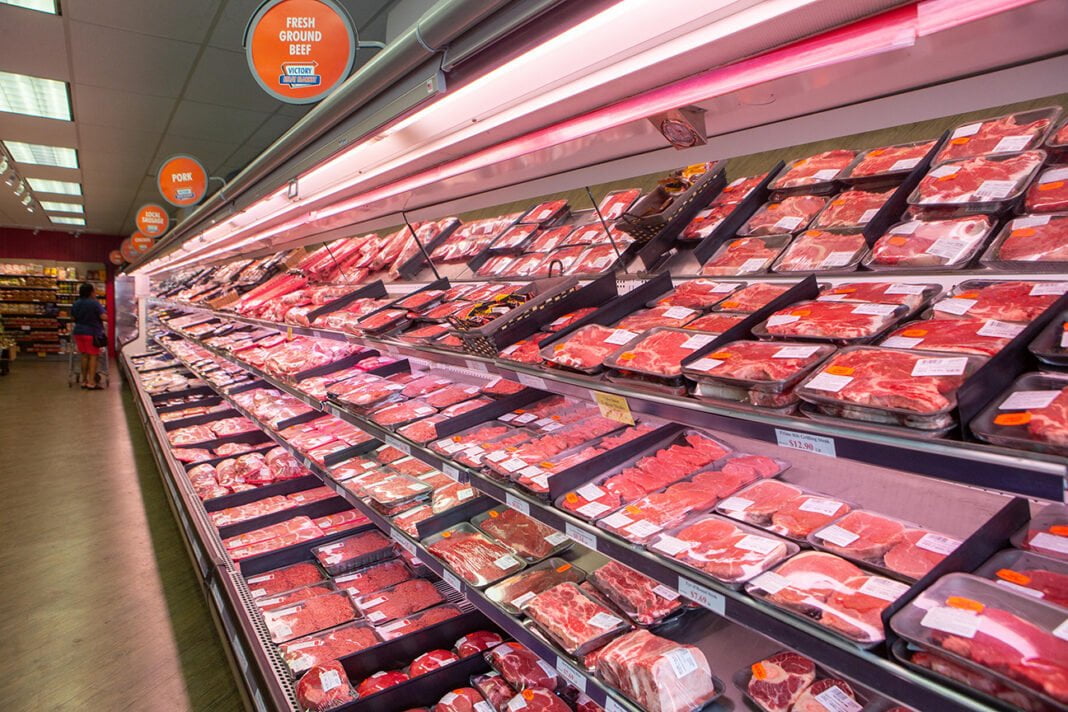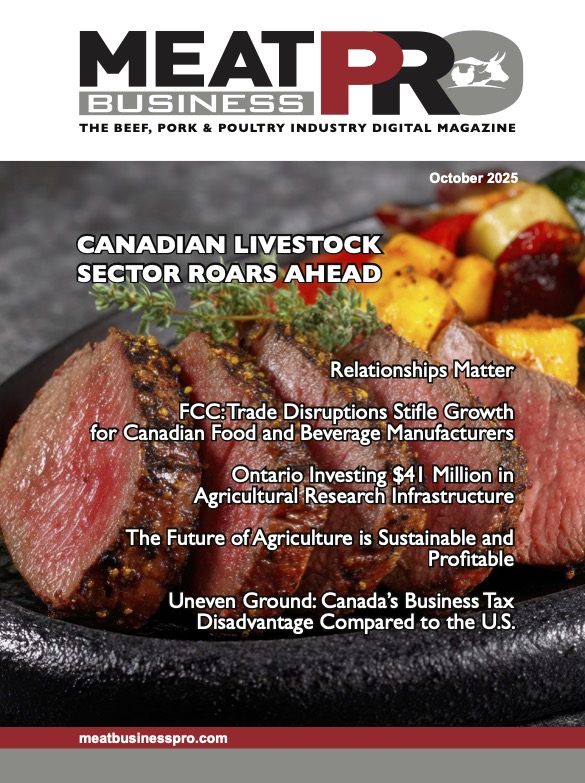CHARLEBOIS: Want lower food prices? Sure, but be careful what you wish for

We are examining a significant shift toward food disinflation in Canada since January 2023, when food inflation reached an apex of over 11%
by Sylvain Charlebois – Toronto Sun
Currently, the inflation rate in grocery stores has moderated to less than 2% and is projected to dip below 1% by the summer.
This phenomenon mirrors a broader global trend that reverses the steep food inflation observed over the past 18 months.
“Many Canadians understandably desire lower food prices, however, what often goes unnoticed are the long-term consequences of such reductions because these lower prices may ultimately compromise our food security”Globally, food inflation rates now suggest that escalating food prices are becoming a less pressing concern. For example, Germany, which experienced a dramatic peak at nearly 22% just 14 months ago, now reports a food inflation rate of only 0.15%, indicating that prices have largely stabilized. Similarly, in France, food inflation stands at 1.2%, and in the U.S., it is 2.2%.
In most developed countries, the control of food inflation signals potentially good news for consumers worldwide. While some critics attribute higher food prices to the greed within the food industry, it was in fact global factors that were largely responsible, and their effects are evidently diminishing.
Despite these trends toward stabilization, many Canadians continue to harbour hopes for food-price reductions of 15% to 20% to levels seen pre-COVID. Such expectations are not only undesirable but quite reckless. The financial framework of the entire food supply chain has fundamentally changed — wages have risen, along with the costs for packaging and all materials required for the distribution and transportation of food. General inflation does not discriminate, impacting every sector, including the food industry, from farm gate to store. Restaurants are experiencing these impacts more acutely than retail outlets, with menu prices continuing to rise by as much as 5%, a trend that could persist.
Nevertheless, some food prices in Canada are decreasing, a trend that has been evident for a few months. Statistics Canada is likely to confirm this in the coming weeks. This reduction is the break many consumers have been anticipating amid rising mortgage rates and debt burdens, leading to approximately 15% less spending at the grocery store compared to last year. In response, Canadians have opted to trade down wherever possible when purchasing food. Lower prices in certain categories provide much-needed relief for those significantly struggling.
By the end of the year, deflationary pressures may become evident in grocery stores, potentially resulting in the average food basket costing less compared to last year. Such trends are not unprecedented in Canada, which experienced a negative food inflation rate from October 2016 to May 2017, and briefly in 1992.
While these developments may be welcomed by consumers, they spell less favourable conditions for the food industry. Deflationary cycles may compel companies to divest, curb their innovative ambitions, and focus solely on operational essentials. Growth aspirations, which help the sector expand, allow consumers access to new products and enhanced quality.
However, concerns about how grocers will maintain their financial health should not cause undue alarm. Even if revenues decline, major retailers like Loblaw are likely to maintain their bottom line by increasing pressure on suppliers. The real challenge will be faced by manufacturers, who will encounter greater demands from grocers to finance potential losses through higher fees and price squeezes.
Although Canadians might take issue with these practices, the costs are significant over time. As the erosion of food manufacturing progresses, so does our capacity to support farmers and control our supply chain, protecting ourselves from major macroeconomic forces like currency wars and fluctuations in energy costs. For instance, Grupo Bimbo, a major bread manufacturer, recently closed its plant in Levis, Quebec. This closure is part of a broader trend, with at least three other food manufacturing plants shutting down in Canada in the last six months, echoing similar events in 1992 and 2017. More closures are likely on the horizon.
While lower prices may be appealing, a weakened domestic food-supply chain could have far-reaching consequences. Given the complexities of food distribution in Canada, caution is advised regarding desires for significantly lower food prices.
Dr. Sylvain Charlebois is senior director of the agri-food analytics lab and a professor in food distribution and policy at Dalhousie University











